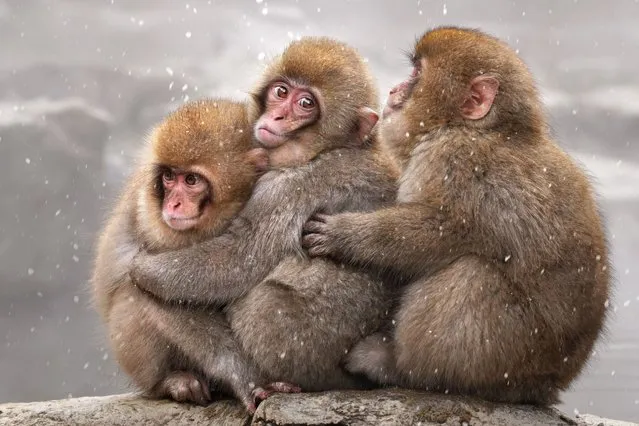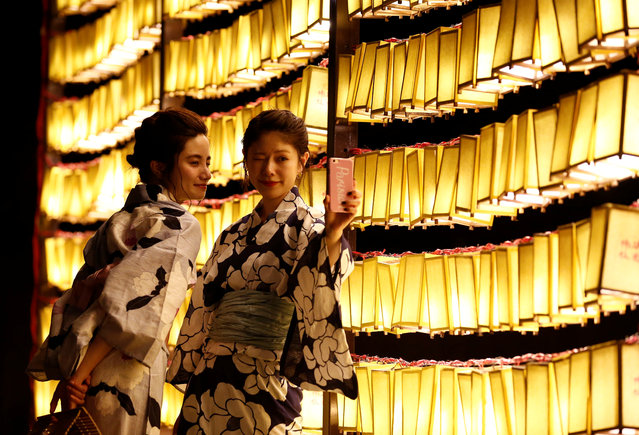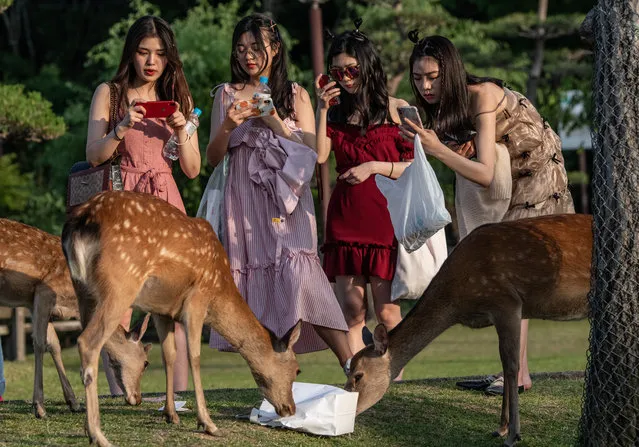
Rickshaw puller Shiori Yoshida, 28, attracts tourists to the guided tour at the Asakusa district in Tokyo, Japan on August 22, 2023. Pullers walk or run an average of 20 km (12 miles) a day and, in addition to being physically strong, they must have extensive knowledge of Tokyo and know how to engage with the tourists who mostly hire them for sightseeing. “I have fun and enjoy myself”, Yoshida said. “In order for the customers to enjoy themselves, I also enjoy myself”. (Photo by Issei Kato/Reuters)
16 Oct 2023 04:43:00,post received
0 comments







